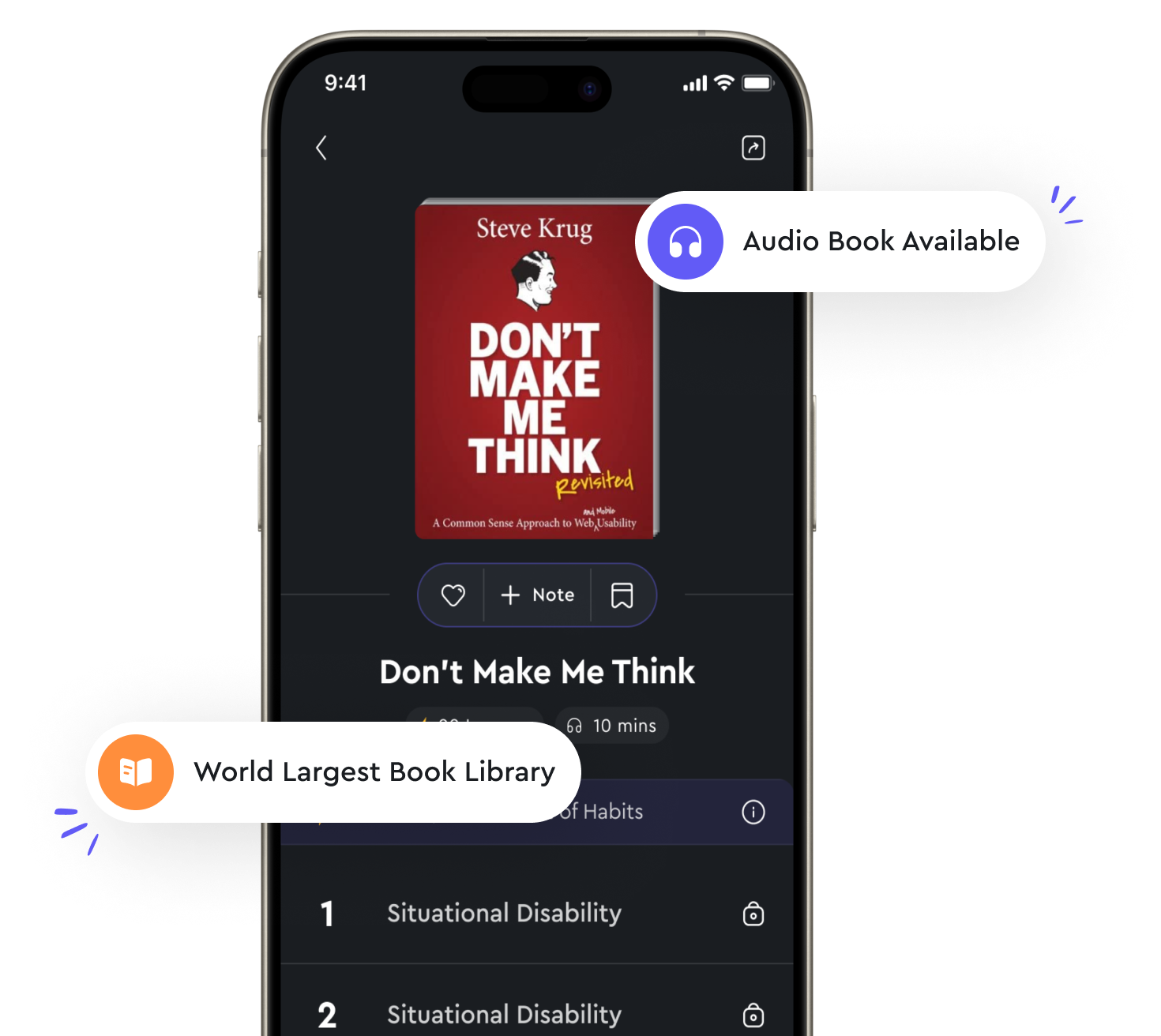Audio available in app
The environment can influence body language from "summary" of Linguagem corporal by Vitor Santos
In the study of body language, it is important to recognize that the environment plays a significant role in shaping how individuals express themselves nonverbally. The surroundings in which we find ourselves can have a direct impact on our body language, influencing our gestures, posture, and facial expressions in subtle yet profound ways. For example, consider a crowded and noisy room where individuals are engaged in lively conversation. In such a environment, people may exhibit more animated body language, using expressive hand gestures and maintaining an open posture to communicate effectively amidst the noise and commotion. This heightened level of physical expression is a direct response to the environmental stimuli present in the room. Conversely, in a quiet and serene setting such as a library or meditation space, individuals may adopt a more subdued and restrained form of body language. In this environment, people are more likely to exhibit calm and composed gestures, such as folded hands or gentle movements, as a reflection of the peaceful atmosphere surrounding them. Moreover, the physical layout and design of a space can also influence body language. For instance, in a room with limited seating options, individuals may be forced to stand closer together, leading to more intimate body language cues such as increased eye contact and proximity. On the other hand, in a spacious and open area with ample room to move around, people may display more expansive and relaxed body language, utilizing larger gestures and movements to express themselves.- It is clear that the environment plays a crucial role in shaping how we communicate nonverbally through our body language. By being mindful of the surroundings in which we find ourselves, we can better understand and interpret the subtle cues and signals that influence our interactions with others. In essence, our body language is not only a reflection of our internal thoughts and feelings, but also a response to the external stimuli present in our environment.
Similar Posts
Connect on a deeper level
Connecting on a deeper level involves going beyond surface-level conversations and superficial interactions. It requires a genu...
Posture reveals hidden messages
The way we hold ourselves, our posture, can reveal much more than we realize. It is a form of nonverbal communication that can ...
Be open to new ideas and perspectives
Embrace the idea that there is always something new to learn and a different way to see things. Don't confine yourself to your ...
Visual aids can enhance the impact of your presentation
Visual aids play a crucial role in enhancing the impact of your presentation. They serve as powerful tools to capture the audie...

Authority projection signals
Authority projection signals are powerful nonverbal cues that communicate dominance, control, and confidence. These signals can...

Listen to verbal cues
Verbal cues are often subtle hints in the way people speak that can reveal their true thoughts and feelings. These cues can inc...
Pay attention to nonverbal cues to better understand others
To truly understand others, one must pay close attention to nonverbal cues. These cues can reveal a wealth of information about...
Be open to feedback and willing to improve
It is essential to be open to feedback and willing to improve in order to enhance our communication skills. Feedback is a valua...
Pay attention to facial expressions, gestures, and posture
Facial expressions, gestures, and posture are crucial elements of nonverbal communication. They can provide valuable insights i...

Effective communication requires clarity, empathy, and mutual understanding
Communication is a complex process that involves the exchange of information, ideas, thoughts, and feelings between individuals...

